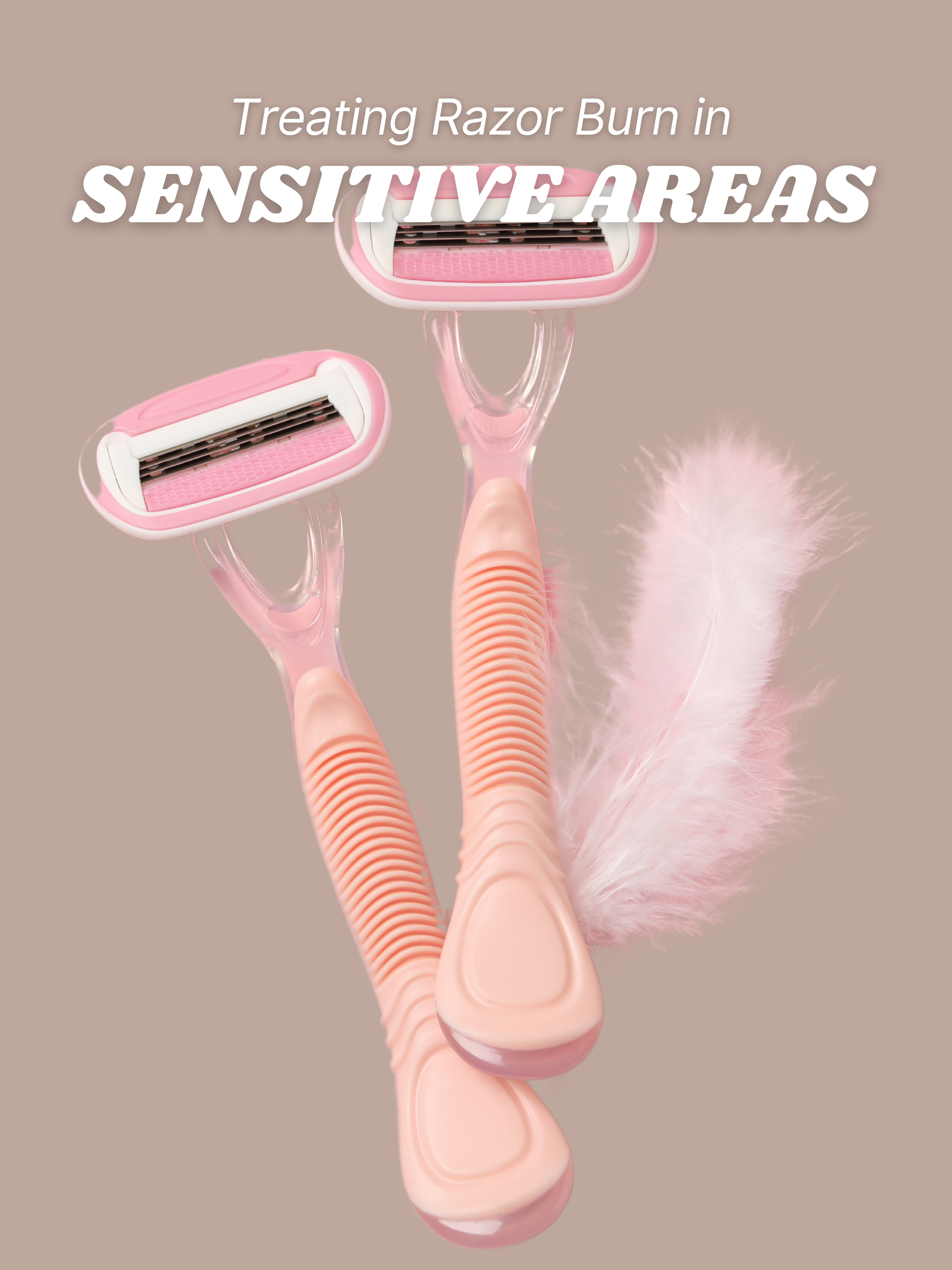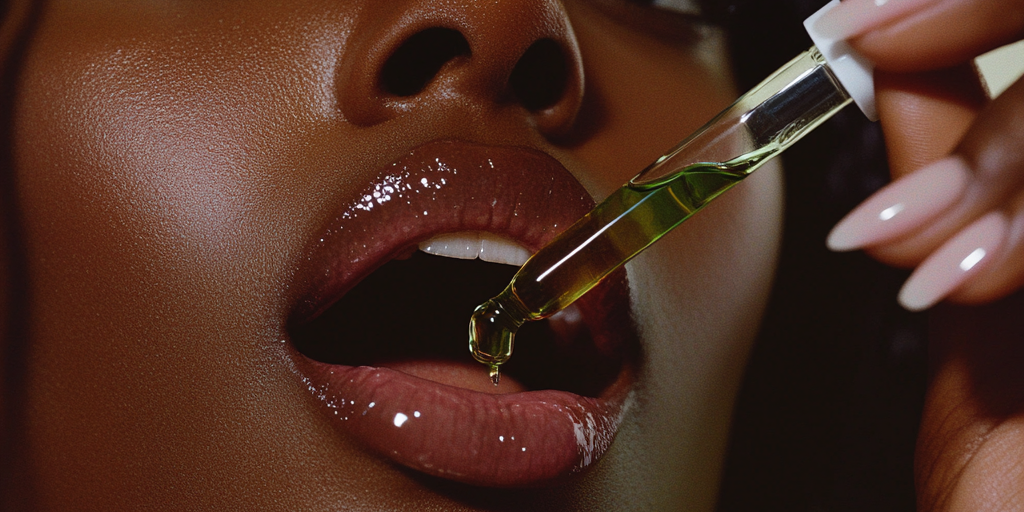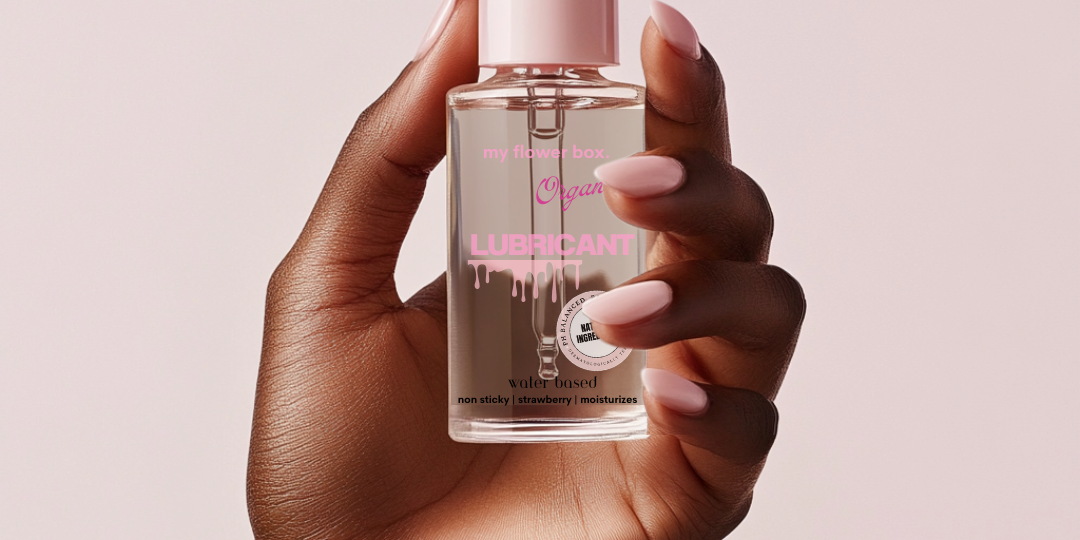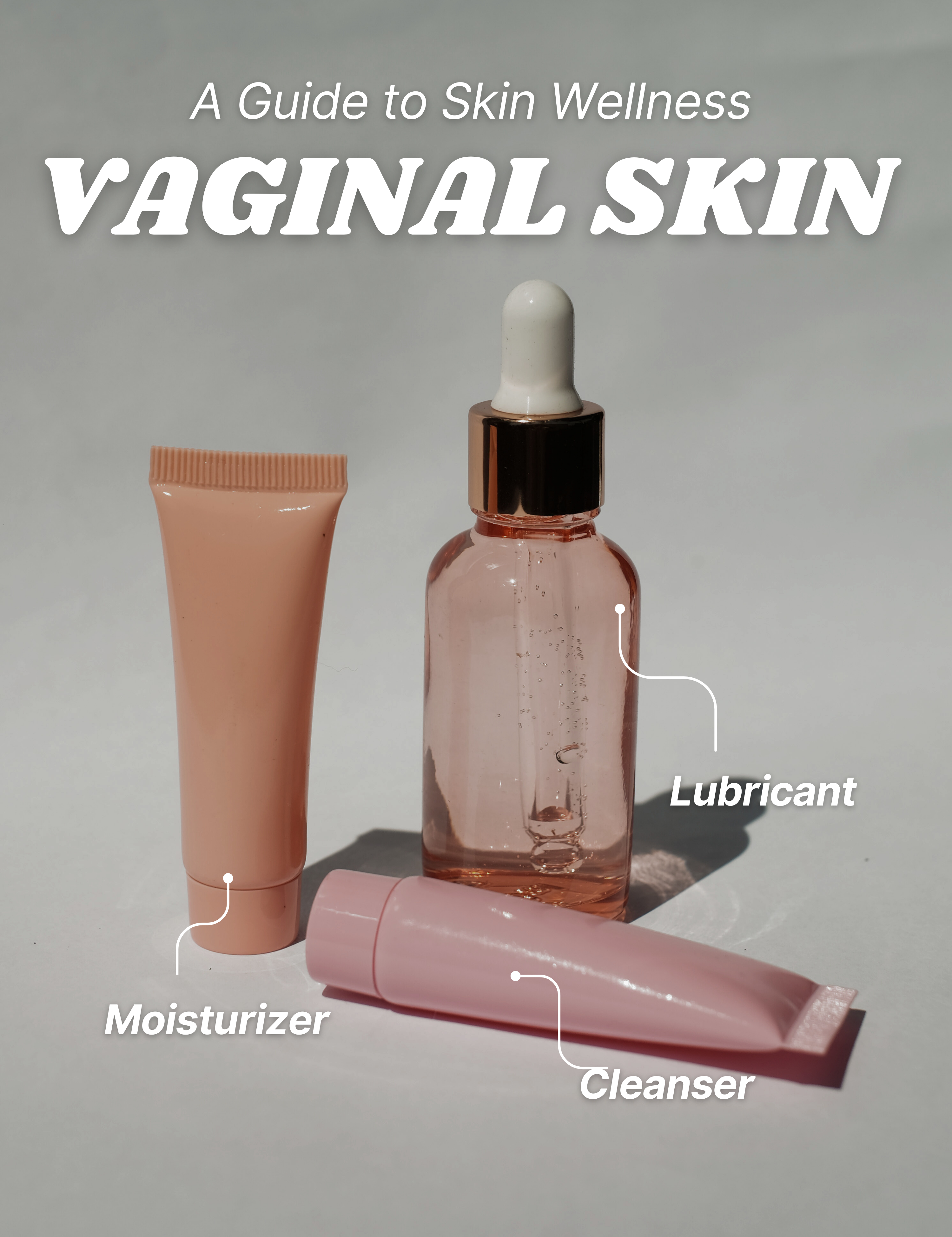Preventing and Treating Razor Burn in Sensitive Areas: Strategies for Smooth and Healthy Skin

Razor burn is a common skin irritation that occurs after shaving, particularly in sensitive areas such as the face, underarms, and bikini line. It can lead to discomfort, redness, and sometimes even painful bumps. Preventing and treating razor burn is essential for maintaining smooth and healthy skin. In this article, we will explore effective strategies to combat razor burn and promote overall skin wellness.
Understanding Razor Burn
Razor burn occurs when the skin becomes irritated after shaving. It can manifest as redness, itching, burning sensation, and in severe cases, small bumps or ingrown hairs. Sensitive areas of the body are more prone to razor burn due to the delicate nature of the skin and the coarser hair in these regions.
Prevention Techniques
Proper shaving techniques play a crucial role in preventing razor burn. Here are some prevention techniques for razor burn that you can do at home:
- Selecting the right razor: Choose a clean, sharp razor with multiple blades to minimize friction and irritation.
- Skin and hair preparation: Cleanse the area with warm water and use a gentle exfoliant to remove dead skin cells and lift hairs away from the skin's surface.
- Shaving direction: Shave in the direction of hair growth to reduce the risk of irritation and avoid applying excessive pressure.
- Using suitable shaving products: Opt for high-quality shaving creams or gels specifically formulated for sensitive skin, free from harsh chemicals or fragrances.
- Post-shave care: Apply a moisturizer or aftershave product to soothe the skin and replenish moisture after shaving.
Preventing and treating razor burn in sensitive areas is essential for maintaining smooth and healthy skin. By implementing proper shaving techniques, using suitable products, and following a regular skincare routine, you can minimize the risk of irritation and achieve a comfortable shave. Selecting the right razor, preparing the skin and hair, shaving in the correct direction, and using appropriate shaving products are key prevention techniques that can help reduce the likelihood of razor burn.
Treatment Methods

When razor burn occurs, there are several effective treatment methods to alleviate discomfort and promote healing. These methods range from simple home remedies to over-the-counter treatments, depending on the severity of the razor burn.
Home Remedies:
- Aloe Vera Gel: Aloe vera is renowned for its soothing and anti-inflammatory properties. Applying pure aloe vera gel directly to the affected area can help reduce redness, soothe irritation, and promote healing.
- Cold Compress: A cold compress can provide immediate relief by constricting blood vessels and reducing inflammation. Simply wrap a few ice cubes in a clean cloth and apply it to the affected area for 5-10 minutes.
- Tea Tree Oil: Tea tree oil possesses antibacterial and anti-inflammatory properties, making it effective in treating razor burn. Dilute tea tree oil with a carrier oil (such as coconut or olive oil) and apply it to the affected area with a cotton ball to reduce redness and prevent infection.
Over-the-Counter Treatments:
- Hydrocortisone Cream: Hydrocortisone cream can help reduce inflammation and itching associated with razor burn. Apply a thin layer of hydrocortisone cream to the affected area as directed to soothe irritation and promote healing.
- Witch Hazel: Witch hazel is a natural astringent with anti-inflammatory properties. Applying witch hazel to the affected area with a cotton ball can help reduce redness, soothe irritation, and prevent infection.
When to Seek Professional Help:
- Dermatologist Consultation: If razor burn persists or becomes increasingly severe despite home remedies and over-the-counter treatments, it may be necessary to seek professional help from a dermatologist. A dermatologist can assess the severity of the razor burn and recommend appropriate treatment options, such as prescription-strength creams or medications.
- Treatment for Ingrown Hairs: In some cases, razor burn may lead to ingrown hairs, which can cause further irritation and inflammation. A dermatologist can provide treatment for ingrown hairs, such as topical medications or procedures like laser hair removal or chemical exfoliation.
It's essential to choose the most suitable treatment method based on the severity of the razor burn and individual skin sensitivity. Additionally, practicing proper shaving techniques and preventive measures can help minimize the risk of razor burn and promote overall skin health. If razor burn persists or worsens despite treatment, consulting a dermatologist is recommended for personalized care and guidance.
Lifestyle and Hygiene Tips
Maintaining proper hygiene and adopting certain lifestyle habits can significantly reduce the likelihood of razor burn in sensitive areas. Here are some essential tips to incorporate into your routine:
- Stay Hydrated: Drink plenty of water to keep your skin hydrated and less prone to irritation.
- Follow a Balanced Diet: Incorporate fruits, vegetables, lean proteins, and healthy fats into your meals to promote skin health and reduce inflammation.
- Choose Breathable Clothing: Opt for loose-fitting, breathable fabrics like cotton to prevent sweat and bacteria buildup, especially in sensitive areas.
- Regularly Replace Razor Blades: Ensure a clean and smooth shave by replacing razor blades regularly to minimize the risk of irritation and razor burn.
- Moisturize Daily: Hydrate the skin with a gentle, non-comedogenic moisturizer to protect it from environmental stressors and maintain its health and smoothness.
Incorporating these lifestyle and hygiene tips into your daily routine can help minimize the risk of razor burn and promote smooth, healthy skin in sensitive areas. Consistency is key, so make these practices a regular part of your skincare routine for optimal results.
Conclusion
Razor burn is a common skin irritation in sensitive areas after shaving. By following proper shaving techniques, using suitable products, and incorporating regular skincare routines, you can prevent razor burn and promote smooth and healthy skin. In the event of a razor burn, home remedies such as aloe vera gel, cold compresses, and tea tree oil can provide relief, while over-the-counter treatments may be necessary for more severe cases. Remember to seek professional help if razor burn persists or becomes increasingly severe. With proactive care and attention, you can enjoy a comfortable shaving experience and maintain smooth, healthy skin in sensitive areas.
Say Goodbye to Razor Burn: Unlock Smooth, Healthy Skin with My Flower Box!
Ready to bid farewell to razor burn and embrace silky-smooth skin? Take the first step towards a flawless shaving experience with My Flower Box! Discover our curated collection of skin-loving products and say hello to a new era of comfort and confidence in your grooming routine.0 comments





